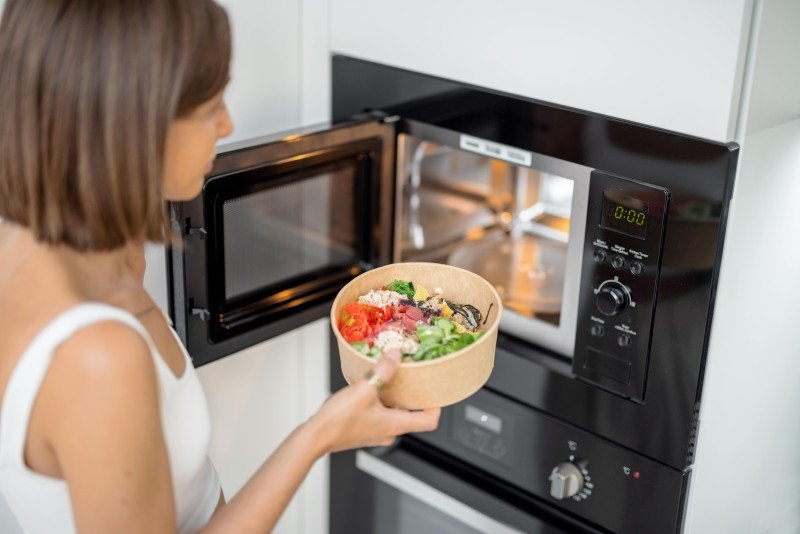3 Reasons Commonly Cited For Why Your Hobs And Ovens Isn't Working (And What You Can Do To Fix It)
Understanding Hobs and Ovens: A Comprehensive Guide for Cooking Enthusiasts
The kitchen is often concerned as the heart of the home, where culinary creations come to life. 2 necessary parts of any kitchen are the hob and the oven. While they are both crucial for cooking and cooking, lots of house owners may not totally comprehend the differences, functionalities, and various types offered in the market today. In this short article, we will check out these devices in detail, assisting you make informed decisions for your cooking requirements.
Tabulation
- What is a Hob?
- 1.1 Types of Hobs
- 1.2 Benefits of Different Hob Types
- What is an Oven?
- 2.1 Types of Ovens
- 2.2 Benefits of Different Oven Types
- Selecting the Right Hob and Oven for Your Kitchen
- Frequently Asked Questions (FAQs)
- Conclusion
What is a Hob?
A hob, typically called a cooktop, is a cooking surface that you put pots and pans on to prepare food. It features a variety of heating elements and is frequently installed on counter tops. In modern kitchen areas, hobs come in various styles, innovations, and performances.
1.1 Types of Hobs
There are several types of hobs offered in the market:
Type
Description
Gas Hob
Uses burner for cooking, providing accurate temperature control.
Electric Hob
Runs utilizing electrical heating aspects, typically seen in strong or glowing kinds.
Induction Hob
Utilizes magnetic fields to heat pots and pans directly, promoting energy efficiency.
Ceramic Hob
Functions a smooth glass top, making use of electric coils underneath the surface.
Strong Plate Hob
Conventional electric hobs with exposed metal plates that warm up.
1.2 Benefits of Different Hob Types
Gas Hobs:
- Quick heating & cooling.
- Visual flame control for exact cooking.
Electric Hobs:
- Even heating; ideal for simmering and boiling.
- Easy to clean up, particularly flat surfaces.
Induction Hobs:
- Energy-efficient as only the pot heats up.
- Safety functions, such as automatic shut-off.
Ceramic Hobs:
- Attractive looks with a smooth surface.
- Even surfaces for easy cleaning.
Strong Plate Hobs:
- Cost-effective and long lasting.
- Helpful for standard cooking requirements.
What is an Oven?
An oven is a kitchen appliance utilized for baking, roasting, and broiling food. Ovens can be standalone systems or built into kitchen cabinetry, providing numerous cooking techniques that can boost or transform components.
2.1 Types of Ovens
Similar to hobs, there are several kinds of ovens, each with its advantages:
Type
Description
Conventional Oven
Operates with heating elements, best for baking.
Convection Oven
Utilizes fans to circulate hot air, cooking food uniformly and quickly.
Microwave Oven
Cooks food using electromagnetic radiation; ideal for reheating.
Steam Oven
Uses steam to prepare food, maintaining wetness and nutrients.
Wall Oven
Built into the wall, using benefit and visual appeal.
2.2 Benefits of Different Oven Types
Standard Ovens:
- Simple to utilize without any complicated settings.
- Versatile for various cooking methods.
Convection Ovens:
- Faster cooking times due to air flow.
- Enhanced browning and crisping for baked goods.
Microwave Ovens:
- Quick cooking or reheating of food.
- Energy-efficient for low-volume cooking.
Steam Ovens:
- Health-conscious cooking that retains nutrients.
- Outstanding for baking bread and cooking veggies.
Wall Ovens:
- Convenient placement; saves space.
- Less flexing needed to gain access to cooking dishes.
Selecting the Right Hob and Oven for Your Kitchen
When picking a hob and oven, elements such as space, cooking design, and personal preferences should be considered. Here's an easy guide to assist you select:
Factors to Consider
- Cooking Needs: Evaluate your cooking habits. Do you often bake, or is stovetop cooking more widespread?
- Area Availability: Measure your readily available kitchen space. Some hobs or ovens might need more room than others.
- Fuel Type: Decide in between gas and electric, based on availability and personal choices.
- Budget plan: Determine what you're ready to spend and discover choices within that range.
Quick Tips
- Focus on Efficiency: Look for energy-efficient designs to reduce long-lasting expenses.
- Check out Reviews: Explore user evaluations to collect viewpoints on efficiency and dependability.
- Seek advice from Professionals: Seek suggestions from kitchen design professionals when planning your design.
Often Asked Questions (FAQs)
1. What is the difference in between a hob and an oven?
A hob is a cooking surface area typically for stovetop cooking, while an oven is an enclosed space utilized for baking, roasting, and broiling food.
2. Can I utilize any pot on an induction hob?
No, induction hobs need magnetic cookware. Stainless-steel and cast iron pots work, however non-magnetic materials like aluminum won't.
3. How do stove differ from Oven Hobs ?
Convection ovens employ fans to circulate hot air for even cooking, whereas traditional ovens do not have this feature.
4. Is it possible to have both a hob and oven as a single unit?
Yes, there are range cookers that integrate a hob and an oven within one device, offering a comprehensive cooking option.
5. How do I tidy my hob and oven?
The majority of hobs and ovens have actually suggested cleaning techniques depending upon their products. It is recommended to speak with the producer's instructions for the best practices.
Comprehending the distinctions in between hobs and ovens is essential for anyone wanting to enhance their kitchen space or improve their cooking skills. By understanding the different types, their advantages, and how to choose the ideal ones for your requirements, cooking can become a more enjoyable and efficient experience. Whether you are an experienced chef or a novice cook, the right combination of hob and oven can raise your cooking developments to new heights.
